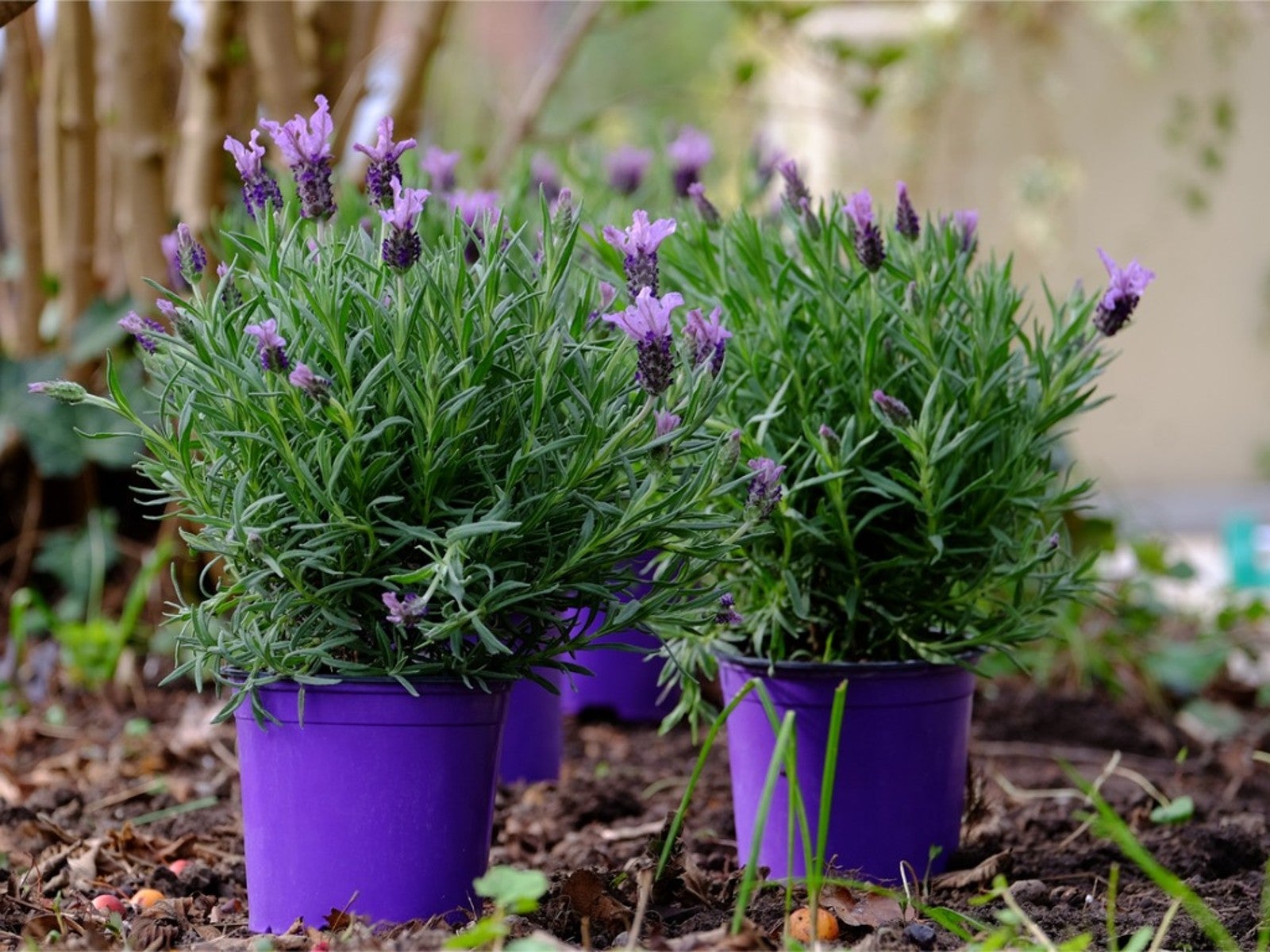A Deep Dive into the World of Lavender
Lavender, with its iconic purple blooms and calming aroma, has captivated humans for centuries. This versatile plant, belonging to the mint family (Lamiaceae), offers a wealth of benefits, from its ornamental beauty to its therapeutic properties. This article will delve into the fascinating world of lavender, exploring its history, cultivation, varieties, uses, and the science behind its captivating qualities.
A History as Rich as its Fragrance
Lavender’s history stretches back millennia. Ancient civilizations, including the Egyptians, Greeks, and Romans, recognized its myriad uses.

Egyptians: Employed lavender in their elaborate embalming rituals, believing it held sacred properties.
Throughout history, lavender has been associated with purity, healing, and love. Its fragrant oil has been cherished for its calming and relaxing effects, making it a popular ingredient in aromatherapy and traditional medicine.
Cultivating Lavender: A Gardener’s Delight
Lavender thrives in sunny locations with well-drained soil. It is relatively easy to grow and can be propagated through seeds, cuttings, or divisions.

Sunlight: Full sun is essential for optimal growth and flowering.
With proper care, lavender plants can live for many years, adding beauty and fragrance to any garden.
A Spectrum of Varieties
The genus Lavandula encompasses numerous species and cultivars, each with unique characteristics. Some of the most popular varieties include:

English Lavender (Lavandula angustifolia): Known for its strong, classic lavender scent. Popular varieties include ‘Hidcote’ and ‘Munstead Wood.’
These are just a few examples of the diverse world of lavender. Exploring different varieties allows gardeners to select plants that best suit their specific needs and preferences.
The Many Uses of Lavender
Lavender’s versatility extends far beyond its ornamental value. Its applications encompass various aspects of human life:
Aromatherapy: Lavender essential oil is widely used in aromatherapy to reduce stress, anxiety, and insomnia.
The Science Behind the Soothing Scent
The calming effects of lavender are attributed to its chemical composition. Lavender essential oil contains numerous compounds, including linalool and linalyl acetate, which interact with the brain’s neurotransmitters.
Reduced Anxiety: Studies have shown that inhaling lavender essential oil can decrease levels of the stress hormone cortisol.
Growing Lavender at Home: A Step-by-Step Guide
1. Choose the Right Location: Select a sunny spot in your garden with well-drained soil.
2. Prepare the Soil: Amend the soil with compost or well-rotted manure to improve drainage and fertility.
3. Plant Your Lavender: Space plants according to their mature size.
4. Water Deeply: Water thoroughly after planting and during periods of drought.
5. Prune Regularly: Prune after flowering to maintain shape and encourage new growth.
6. Harvest Lavender: Harvest flowers during peak bloom for drying or fresh use.
Enjoying the Benefits of Lavender
Whether you cultivate lavender in your garden, use it in aromatherapy, or incorporate it into your culinary creations, this versatile plant offers a wealth of benefits for mind, body, and soul. Its enchanting fragrance and soothing properties have captivated humans for centuries, and its popularity continues to grow as people rediscover the wonders of this remarkable plant.
By understanding the cultivation techniques, exploring the diverse varieties, and appreciating the science behind its benefits, you can unlock the full potential of lavender and incorporate it into your own life.
